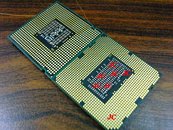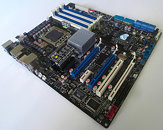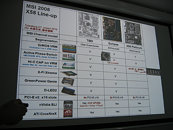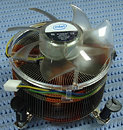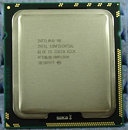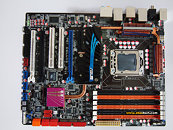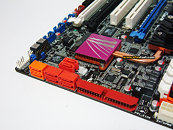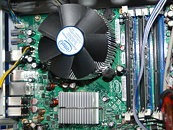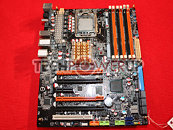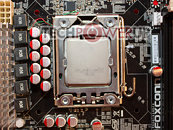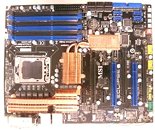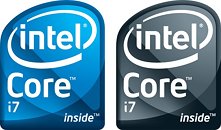
ASUS Ready with Workstation-class X58 Motherboards
After flaunting the P6T Series motherboards, and the monstrous Rampage II Extreme, ASUS decided to expand its Bloomfield CPU-supportive motherboard lineup with its workstation-class offerings. ASUS is known for bringing in workstation boards on desktop platforms. They have had Intel 975P based workstation boards, just as they had nForce 590 SLI boards. These desktop-thru-worksation platforms are usually single CPU socket platforms, with certain workstation features, such as PCI-X interface, enterprise-grade storage controllers, among other features that make them durable and suitable for mission-critical environments. They don't sport enterprise chipsets, and hence carry batch-leading desktop chipsets.
With Nehalem and the new Socket 1366, ASUS did just that, with the inclusion of two single-socket workstation boards. These motherboards, at the outset support the upcoming Core i7 processors, and have the potential to support Xeon processors that use the same socket, or even the same core. There are two models lined-up: P6T6 WS Revolution and P6T6 WS Pro. The P6T6 WS Revolution is the flagship board. It features six full-length PCI-Express slots, which might have variable number of available PCI-Express lanes, depending on the number of PCI-E cards connected. It features a 16+2 phase CPU power circuit. The board features the Tylersburg X58 chipset, along with an ICH10 series southbridge. There is passive cooling for the VRM area, northbridge, and a large southbridge block, that could be possibly cooling a supplementary PCI-Express switch chip. Storage options include Serial-attached SCSI (SAS), SATA II and e-SATA ports.
With Nehalem and the new Socket 1366, ASUS did just that, with the inclusion of two single-socket workstation boards. These motherboards, at the outset support the upcoming Core i7 processors, and have the potential to support Xeon processors that use the same socket, or even the same core. There are two models lined-up: P6T6 WS Revolution and P6T6 WS Pro. The P6T6 WS Revolution is the flagship board. It features six full-length PCI-Express slots, which might have variable number of available PCI-Express lanes, depending on the number of PCI-E cards connected. It features a 16+2 phase CPU power circuit. The board features the Tylersburg X58 chipset, along with an ICH10 series southbridge. There is passive cooling for the VRM area, northbridge, and a large southbridge block, that could be possibly cooling a supplementary PCI-Express switch chip. Storage options include Serial-attached SCSI (SAS), SATA II and e-SATA ports.








